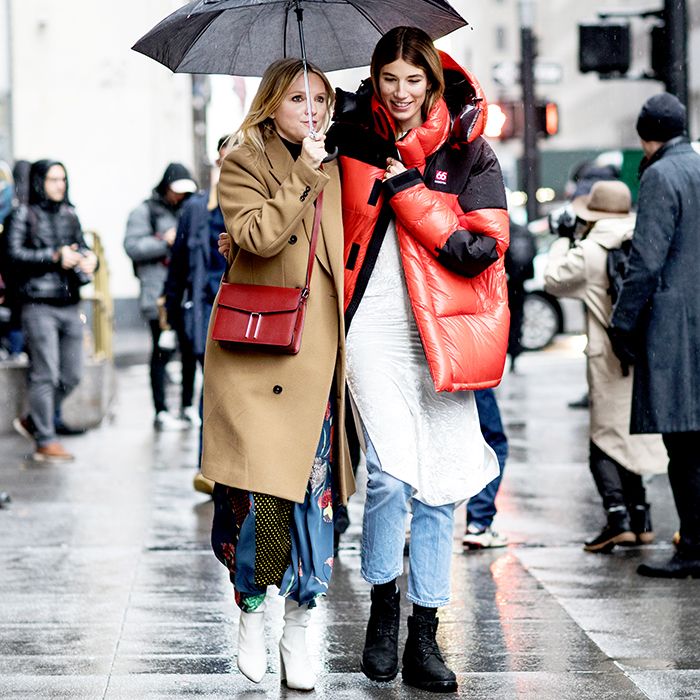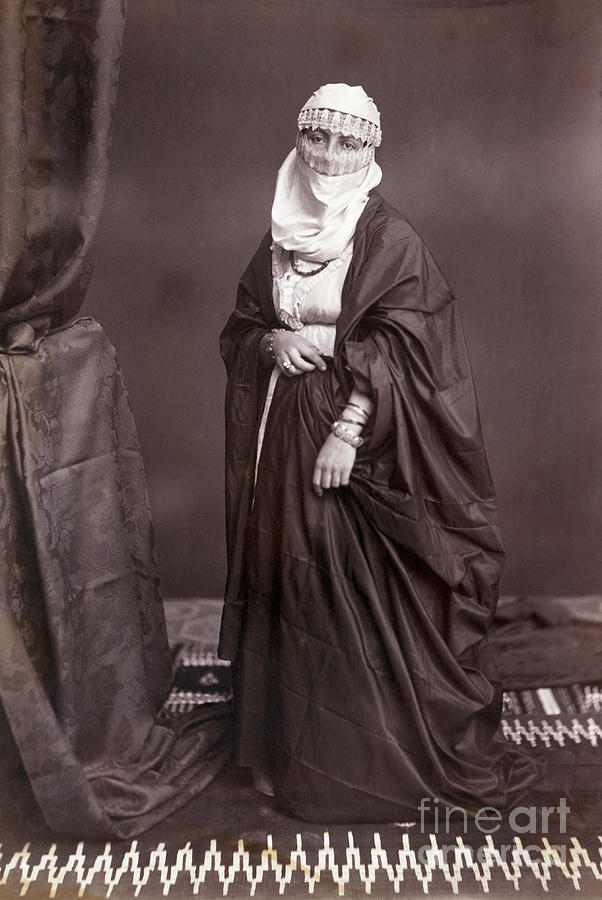Cheery Period Style: Eastern Wear Pakistan Styles for every single Occasion
Cheery Period Style: Eastern Wear Pakistan Styles for every single Occasion
Blog Article
Experience the Style of Traditional Eastern Clothing
Embark on a journey via the intricate world of typical Eastern attire, where each garment informs a story woven with cultural splendor and historic value. From the dynamic colors of a Chinese qipao to the regal elegance of a Pakistani shalwar kameez, these garments supply a peek into a world where craftsmanship satisfies creativity. The blend of extravagant fabrics and delicate embroidery methods produces a tapestry of elegance that goes beyond boundaries and time. Join us as we unwind the secrets behind these elegant pieces and uncover the allure of Eastern outfit that has astounded generations.
History of Eastern Attire
Eastern clothes has an abundant history that dates back centuries, mirroring the varied cultures and practices of areas such as Asia and the Middle East. In Asia, standard clothes differs significantly from the vibrant saris used in India to the classy kimono of Japan.
Throughout history, Eastern clothes has not just served as a type of clothes however likewise as a symbol of social identification and heritage. Today, Eastern attire proceeds to progress, mixing typical components with contemporary fashion patterns to produce timeless and special designs.
Relevance of Needlework
Embroidery plays an essential role in conventional Eastern outfit, including intricate details and cultural value to garments that have been passed down through generations. In Eastern societies, embroidery is not simply attractive yet holds deep symbolic meanings. Each stitch and pattern can convey tales, ideas, and also social standing.
The art of needlework in standard Eastern outfit is a labor-intensive procedure that calls for skill and persistence. Extremely skilled artisans diligently hand embroider elaborate styles onto fabrics utilizing techniques that have actually been perfected over centuries. These stitched styles often mirror the rich cultural heritage of the area they originate from, showcasing themes influenced by nature, mythology, or historic occasions.

Lavish Fabrics Utilized
Extravagant materials play an essential duty in boosting the elegance and luxury of typical clothing across varied Eastern cultures. Silk, renowned for its softness and sheen, is a popular selection for many conventional garments due to its lavish feeling and capacity to curtain gracefully. In nations like India, China, and Japan, silk has a lengthy history of being made use site here of in standard attire, representing riches and condition.
Another commonly used lavish material is brocade, defined by intricate patterns woven right into the material. Brocade adds a touch of refinement to garments and is often seen in ritualistic attire and official wear. Velour, with its luxurious appearance and abundant appearance, is likewise a preferred option for traditional clothes in Eastern cultures, especially for special celebrations and joyful events.
Additionally, fabric, chiffon, and satin are regularly used for their flowing and light-weight high qualities, including a sense of delicacy and beauty to garments. These lavish fabrics not only elevate the visual allure of conventional Eastern attire however also add to the overall appeal and beauty of the wearer.
Workmanship Techniques
Conventional clothes in various societies showcases impeccable craftsmanship techniques that are given via generations, highlighting the skill and artistry associated with producing these elegant garments. Each embroidery, decoration, and stitch is thoroughly crafted to develop timeless items that symbolize the social heritage and practices of the region. The workmanship techniques utilized in standard Eastern clothes frequently entail elaborate handwork, such as hand weaving, hand needlework, and hand beading, which require accuracy and attention to detail.
Artisans that concentrate on these techniques undertake years of training to perfect their abilities and understand the typical methods of garment click this site construction. Using high-quality products integrated with specialist workmanship causes garments that not only look aesthetically magnificent however also stand the test of time. The devotion to preserving these craftsmanship methods ensures that each piece of typical Eastern outfit is an artwork, showing the rich social history and heritage of the region.
Ageless Elegance and Elegance

The elaborate needlework, delicate beadwork, and elegant textiles utilized in traditional Eastern clothes add to its unparalleled appeal. The precise workmanship passed down via generations makes sure that every piece informs a story and emanates refinement and elegance.
Moreover, the timeless silhouettes and stylish draping of typical Eastern clothes add to its long-lasting beauty. The flowing lines and classy layouts produce a feeling of harmony and balance that is both mentally captivating and visually attractive.
Basically, the ageless sophistication and beauty of standard Eastern clothing function as a testament to the ability and virtuosity of the craftsmen who devote their lives to maintaining these beautiful sartorial customs. - eastern wear pakistan
Verdict
In conclusion, the beauty of standard Eastern clothing is a testimony to the rich history, cultural importance, and complex workmanship of the area. From the elaborate embroidery to the glamorous materials and classic elegance, each garment narrates and mirrors the cultural identity of its beginnings. Embracing Eastern attire allows one to appreciate the artistry and beauty that have been passed down through generations, creating really splendid and fascinating pieces.
Embark on a journey through the intricate world of traditional Eastern attire, where each garment informs a tale woven with social richness and historical importance.Embroidery plays a vital role in traditional Eastern clothes, adding elaborate details and social relevance to garments that have actually been passed down via generations.Extravagant materials play a critical role in boosting the style and opulence of conventional attire throughout diverse Eastern cultures. The workmanship methods used in typical Eastern clothes typically involve detailed handwork, such as hand weaving, hand needlework, and hand beading, which require accuracy and interest to detail.
In verdict, the sophistication of typical Eastern attire is a testimony to the rich background, cultural significance, and complex craftsmanship of the area.
Report this page